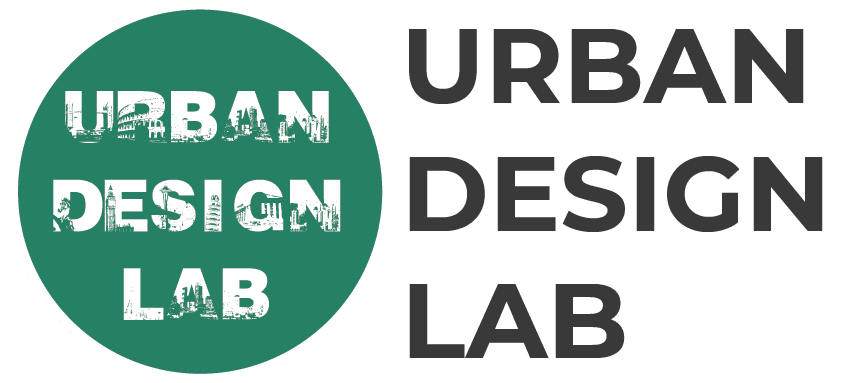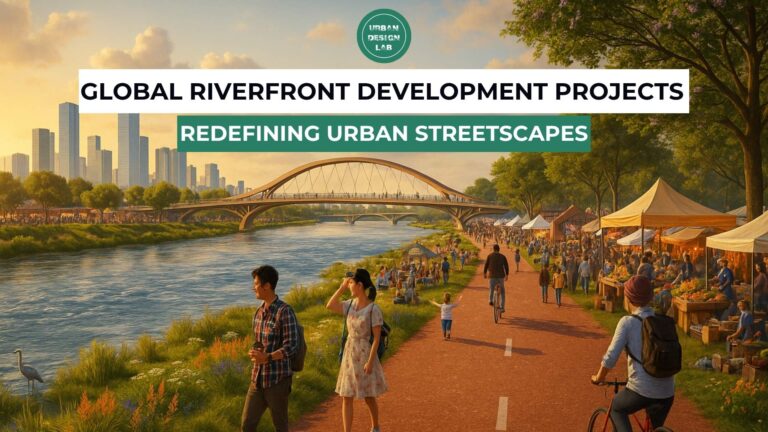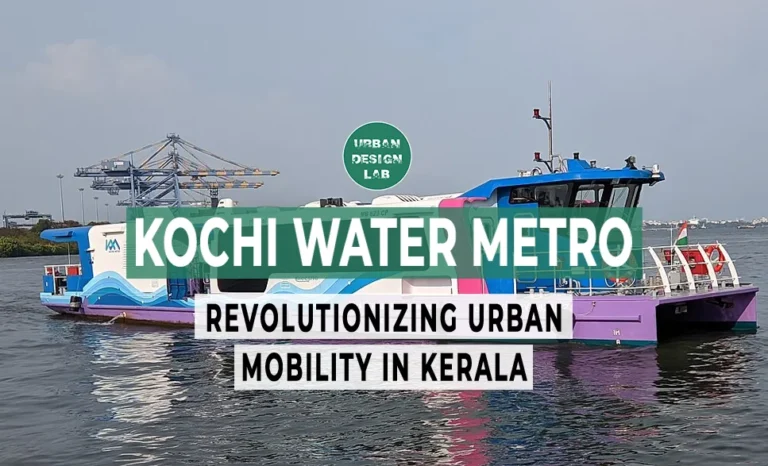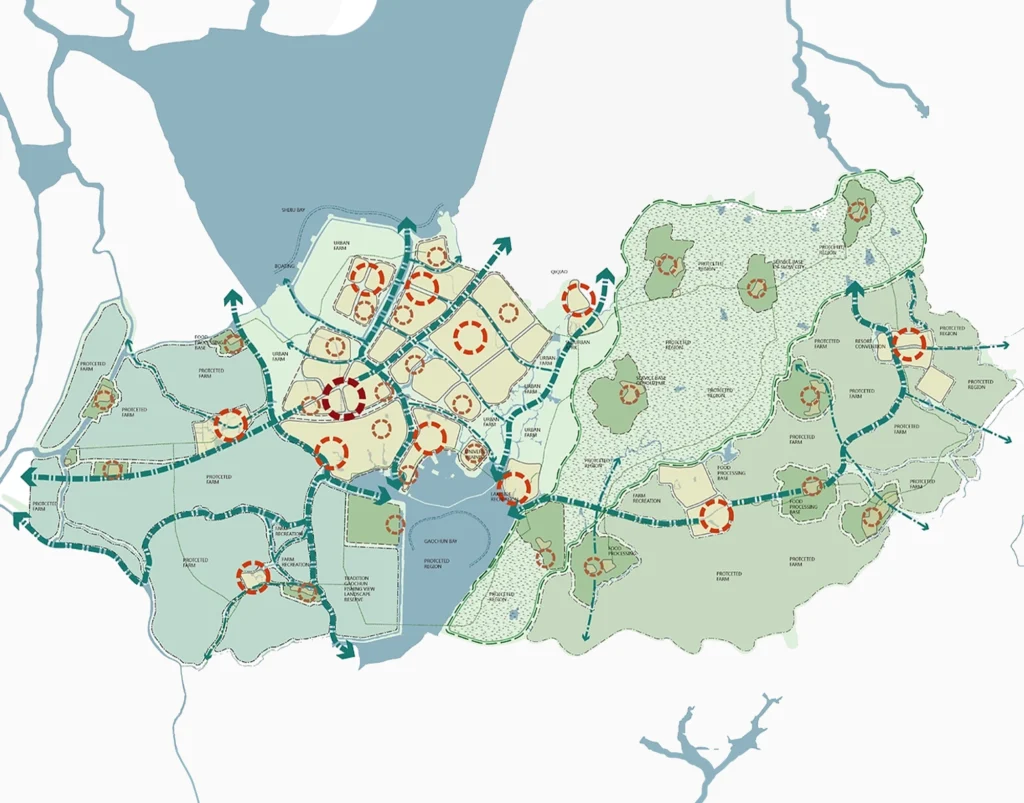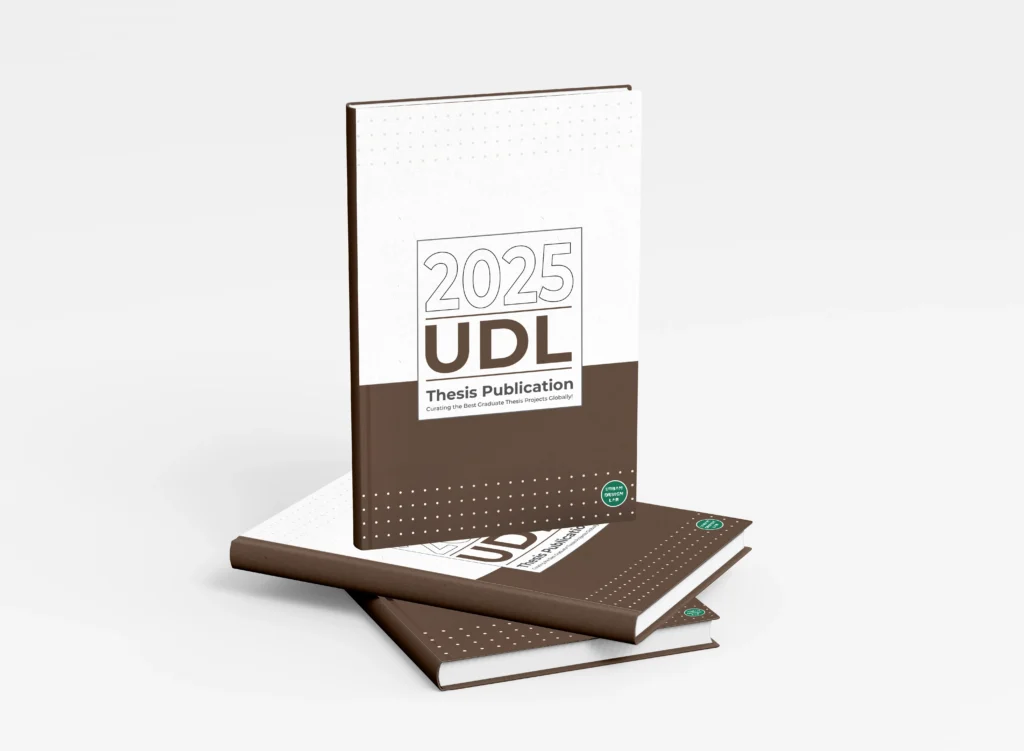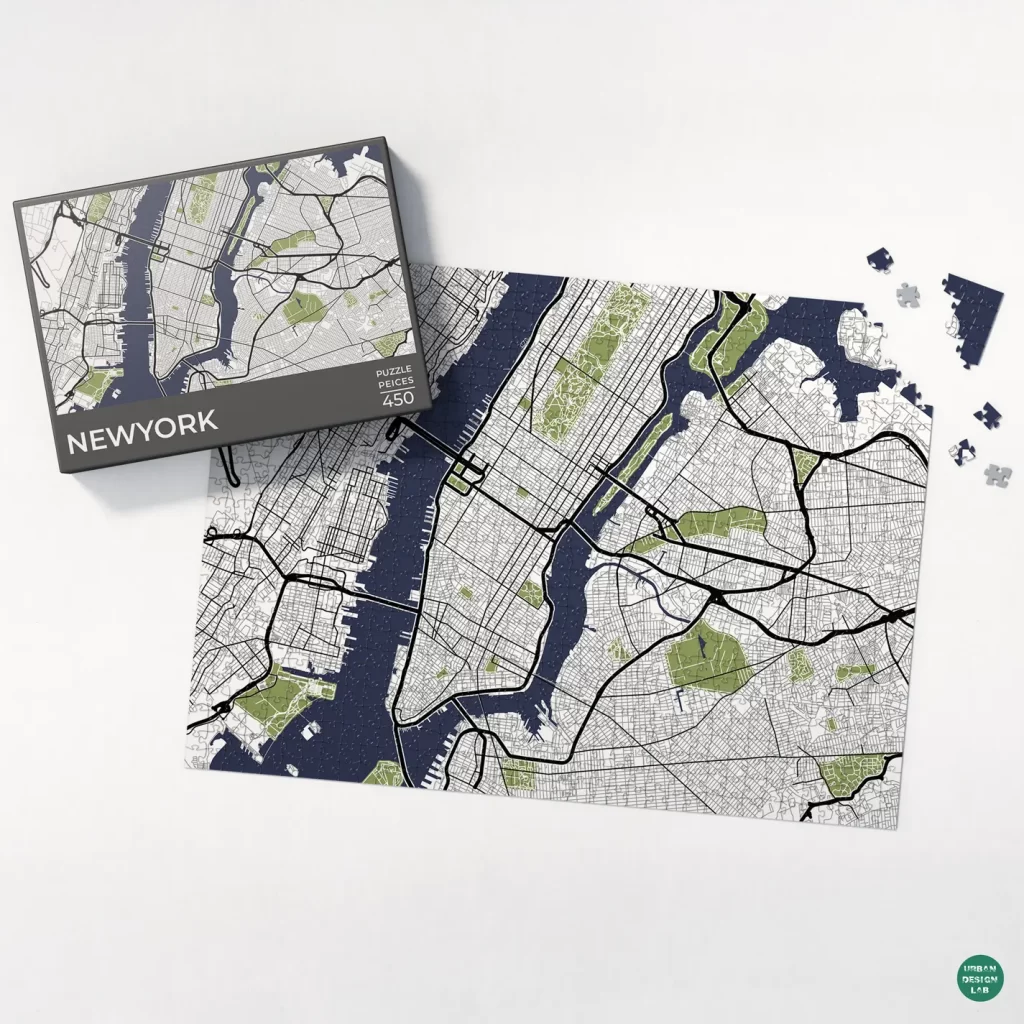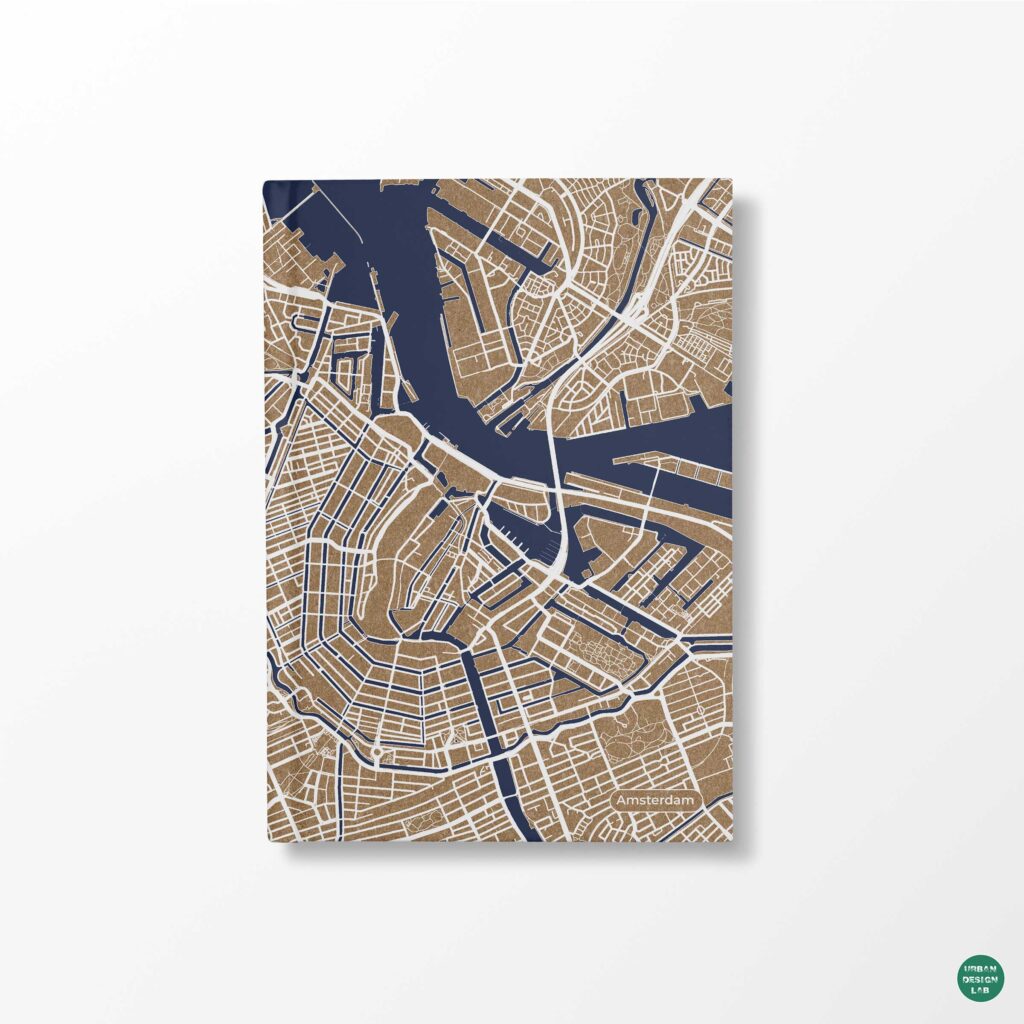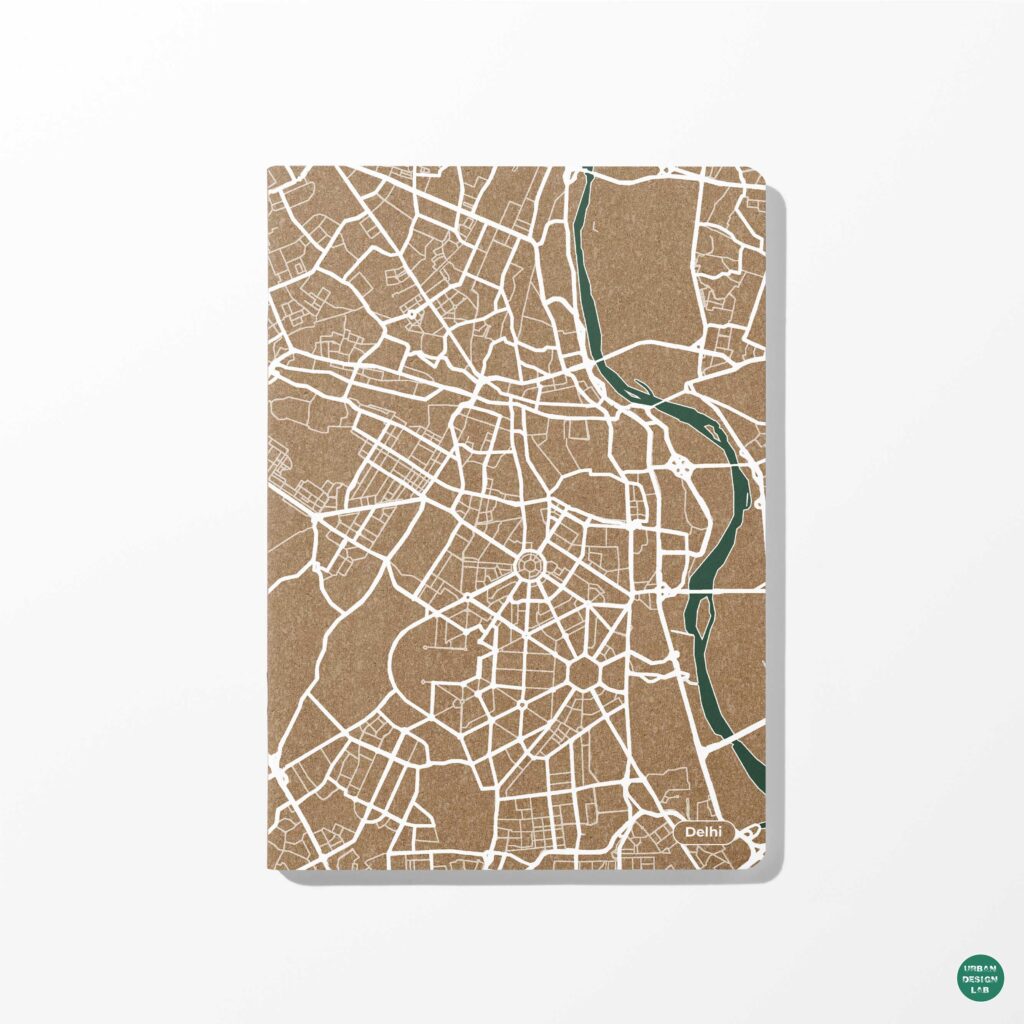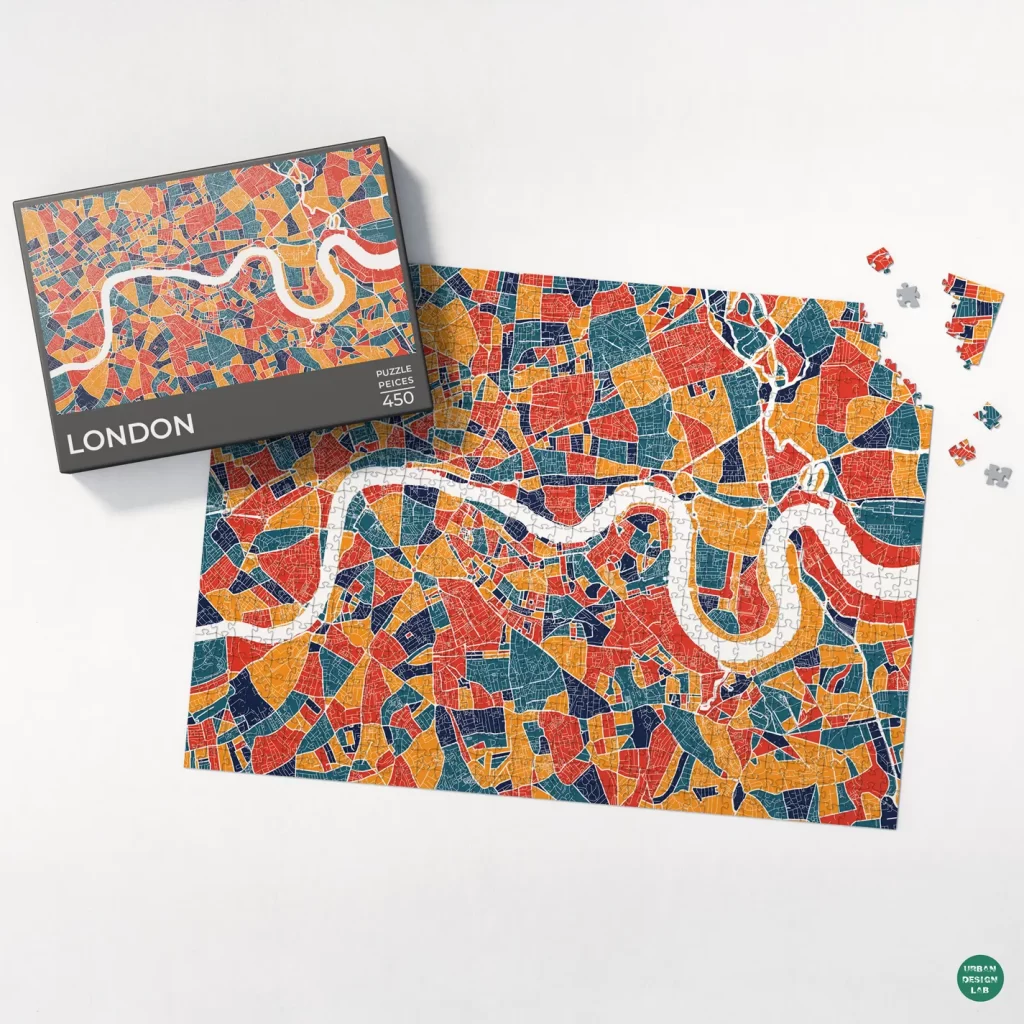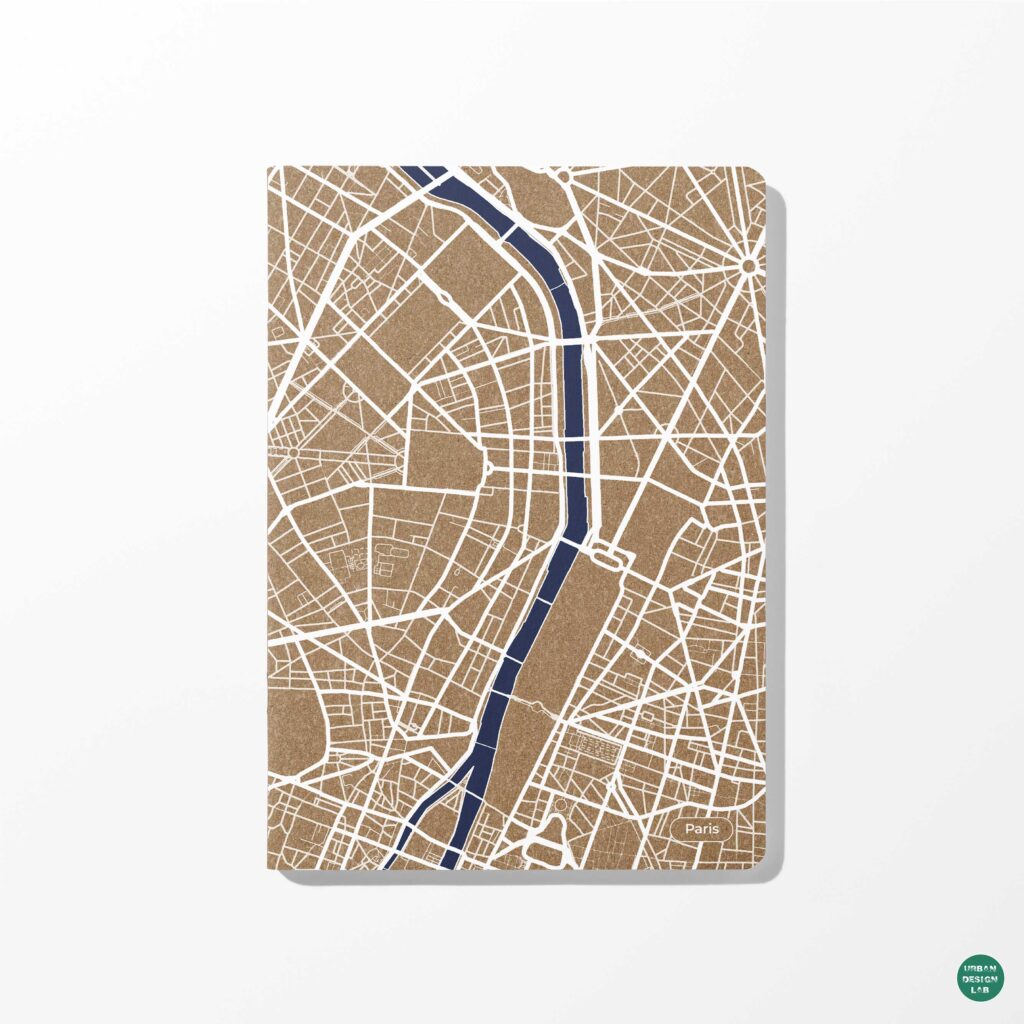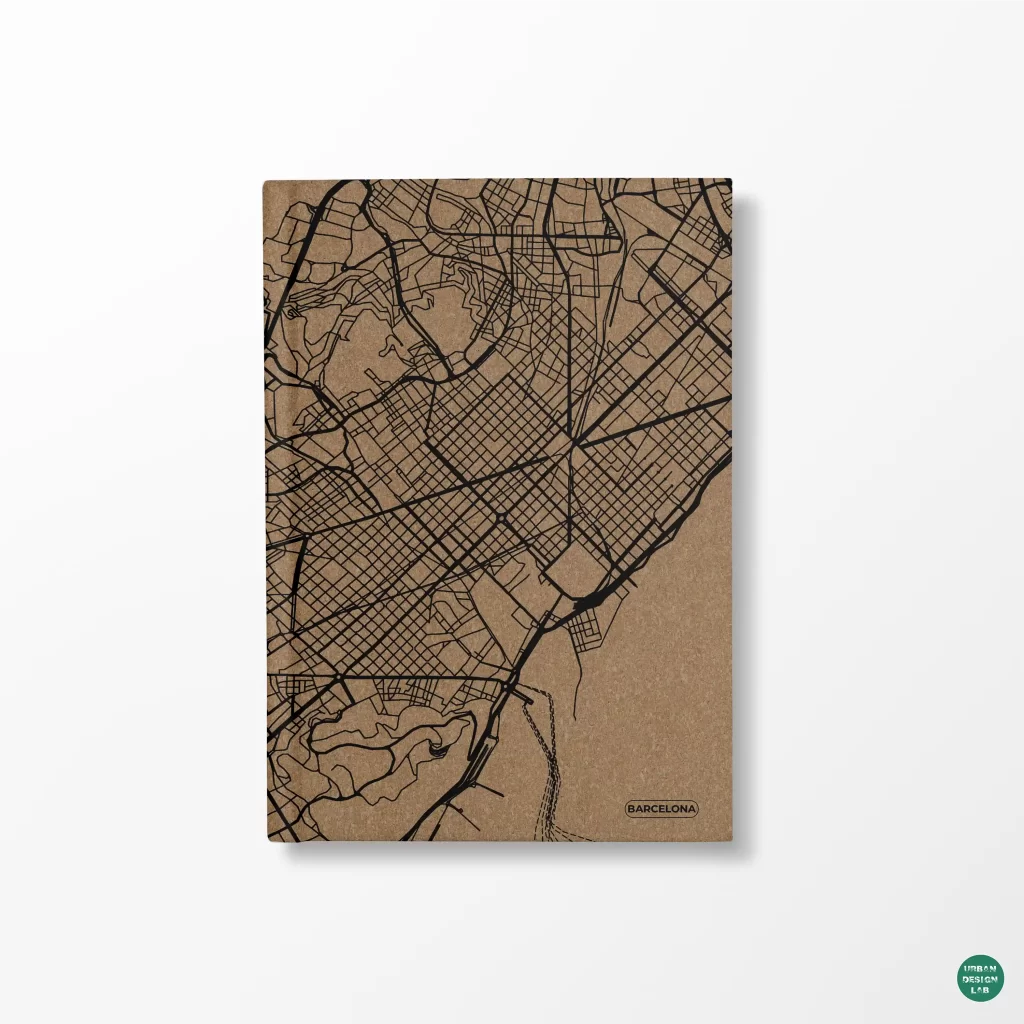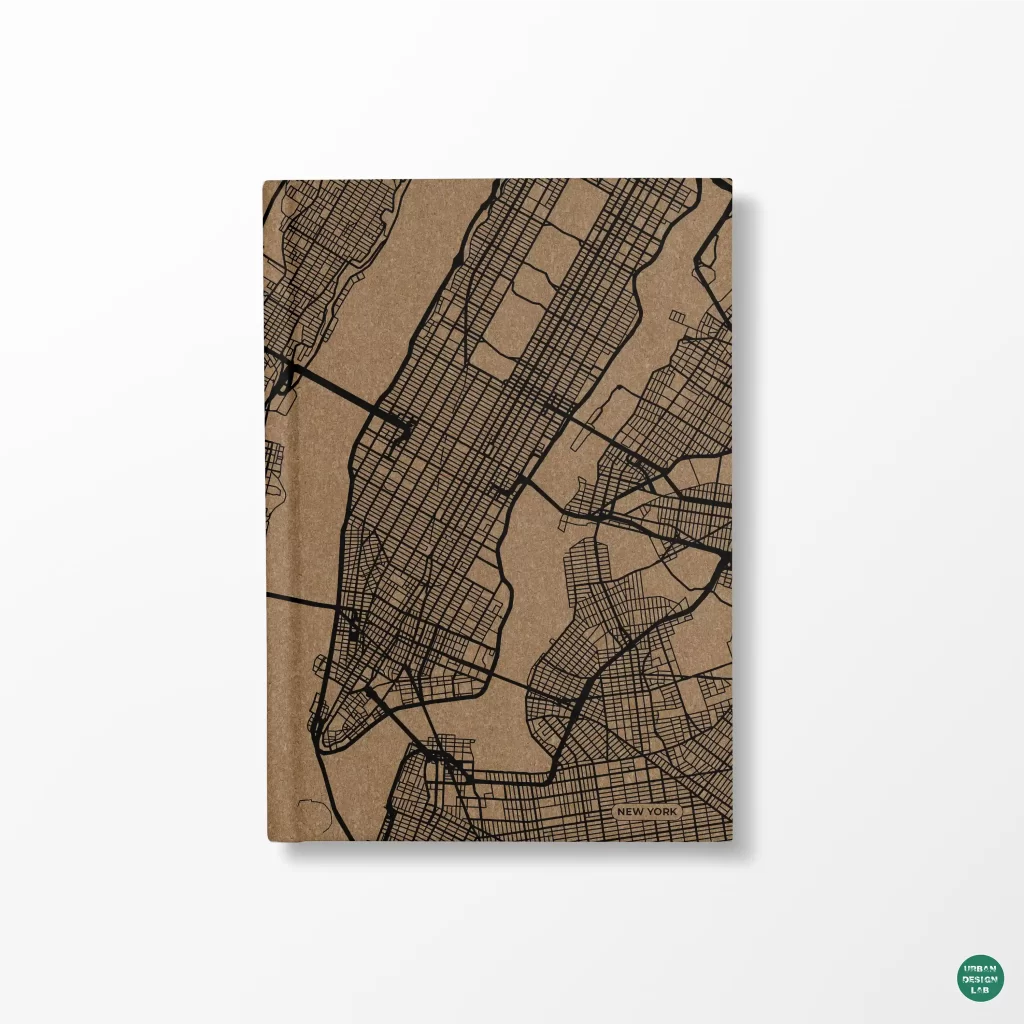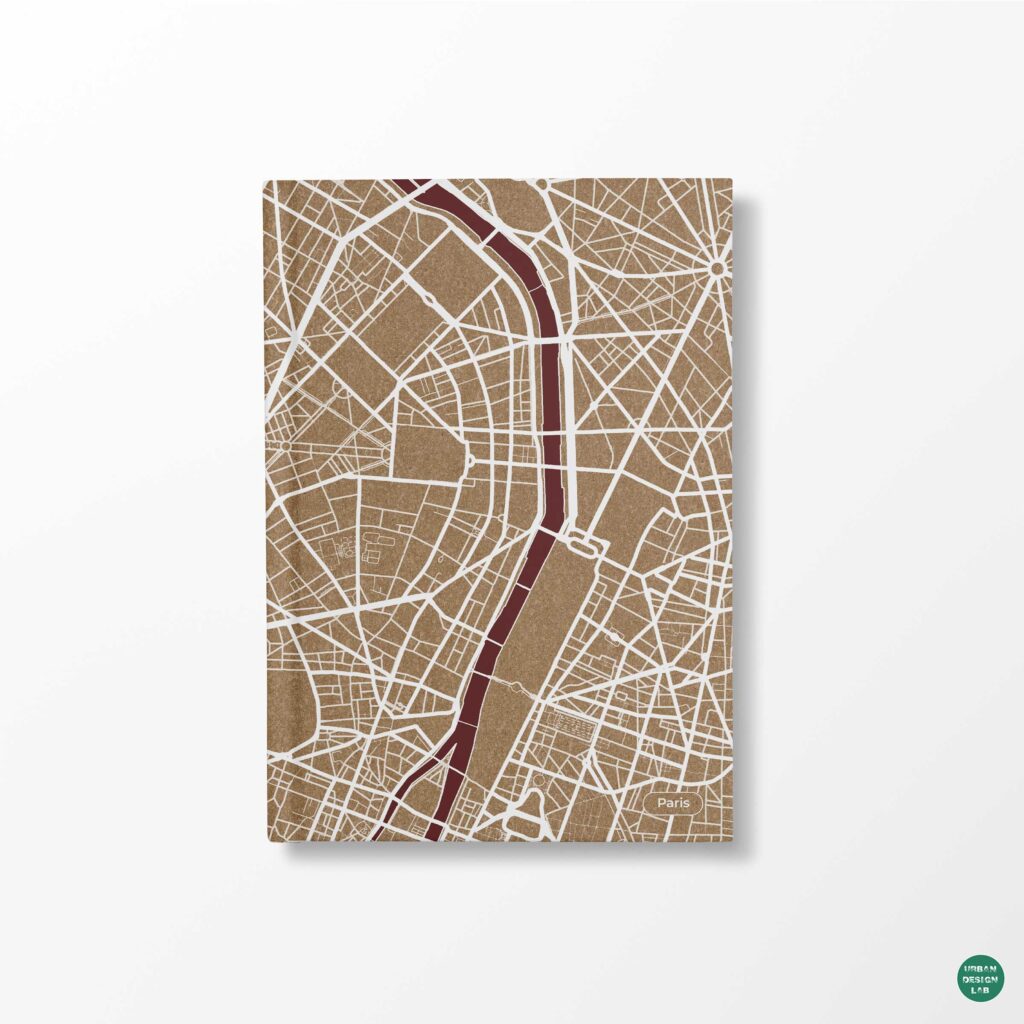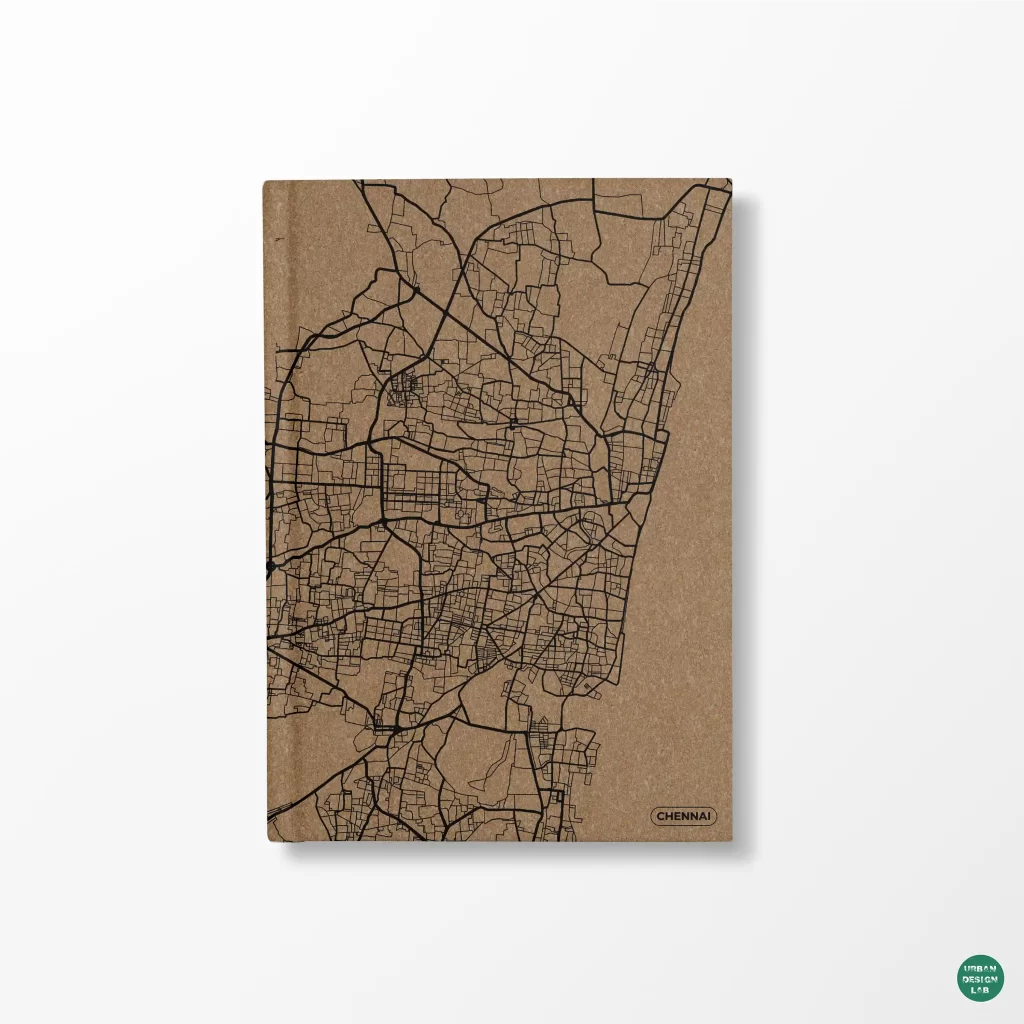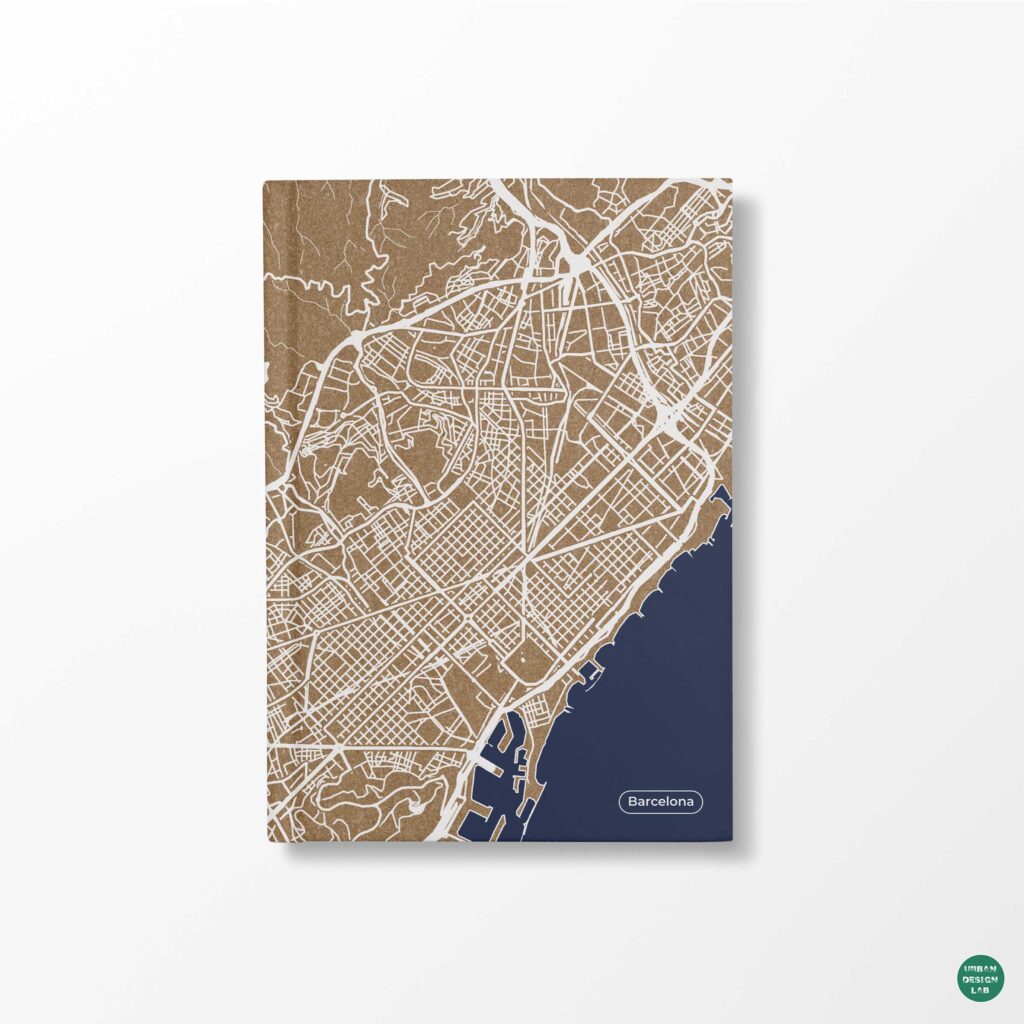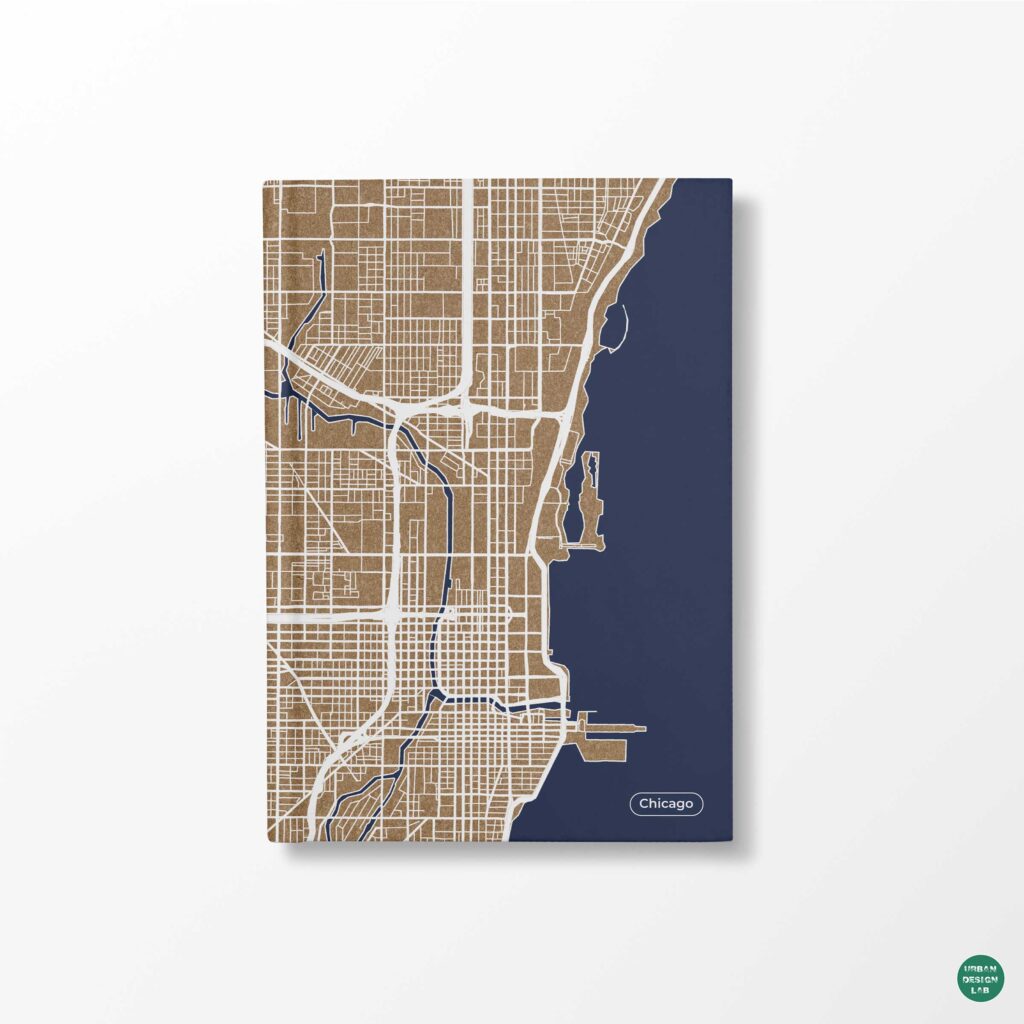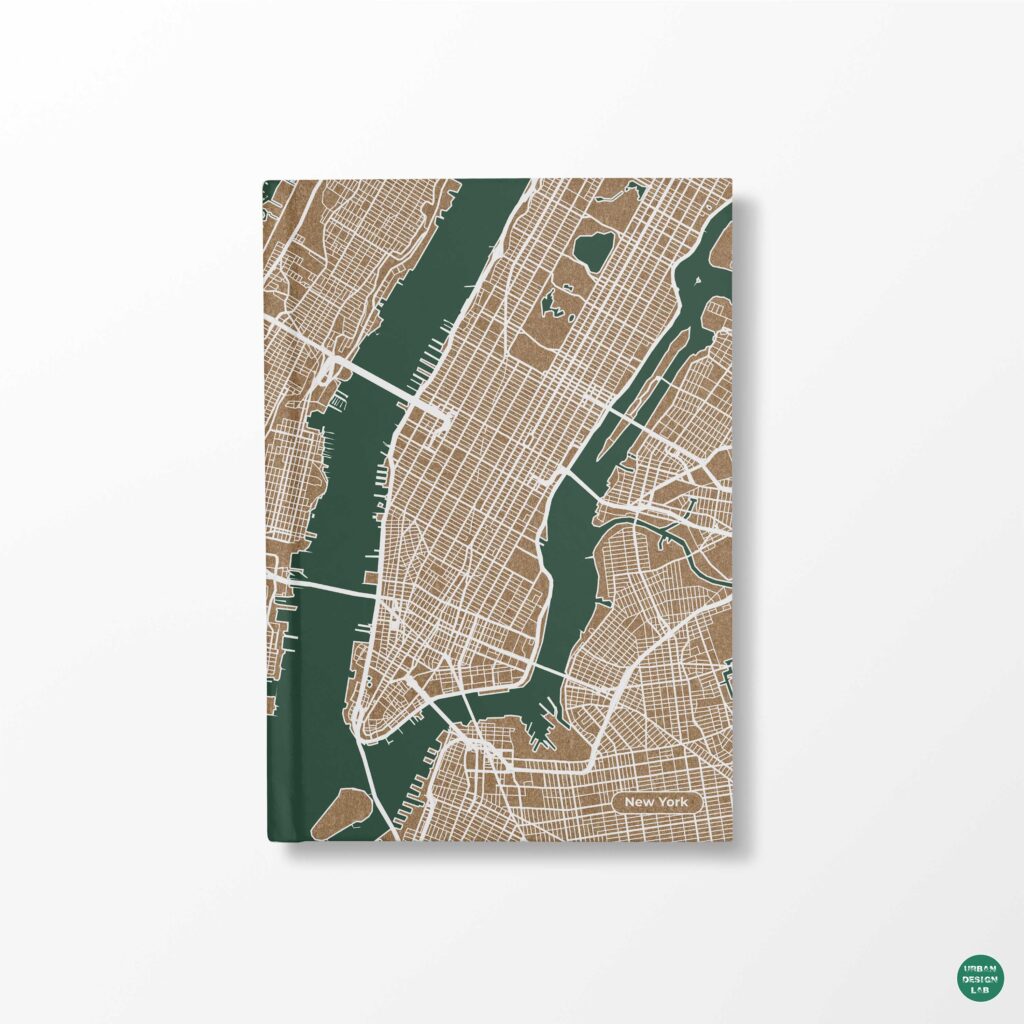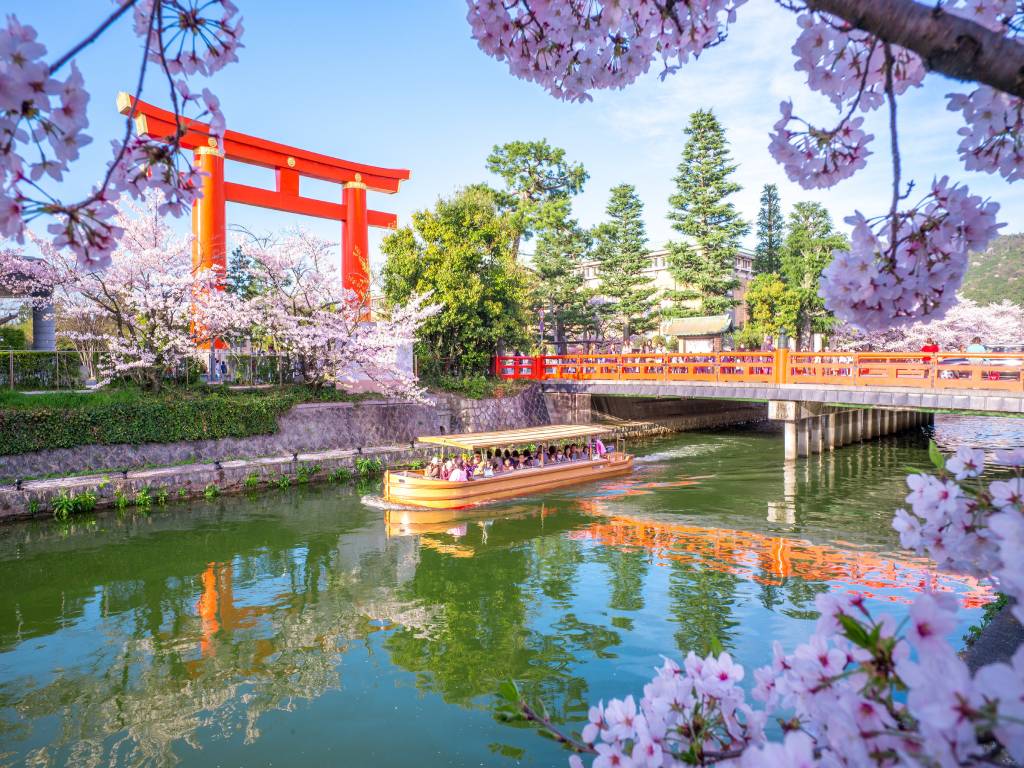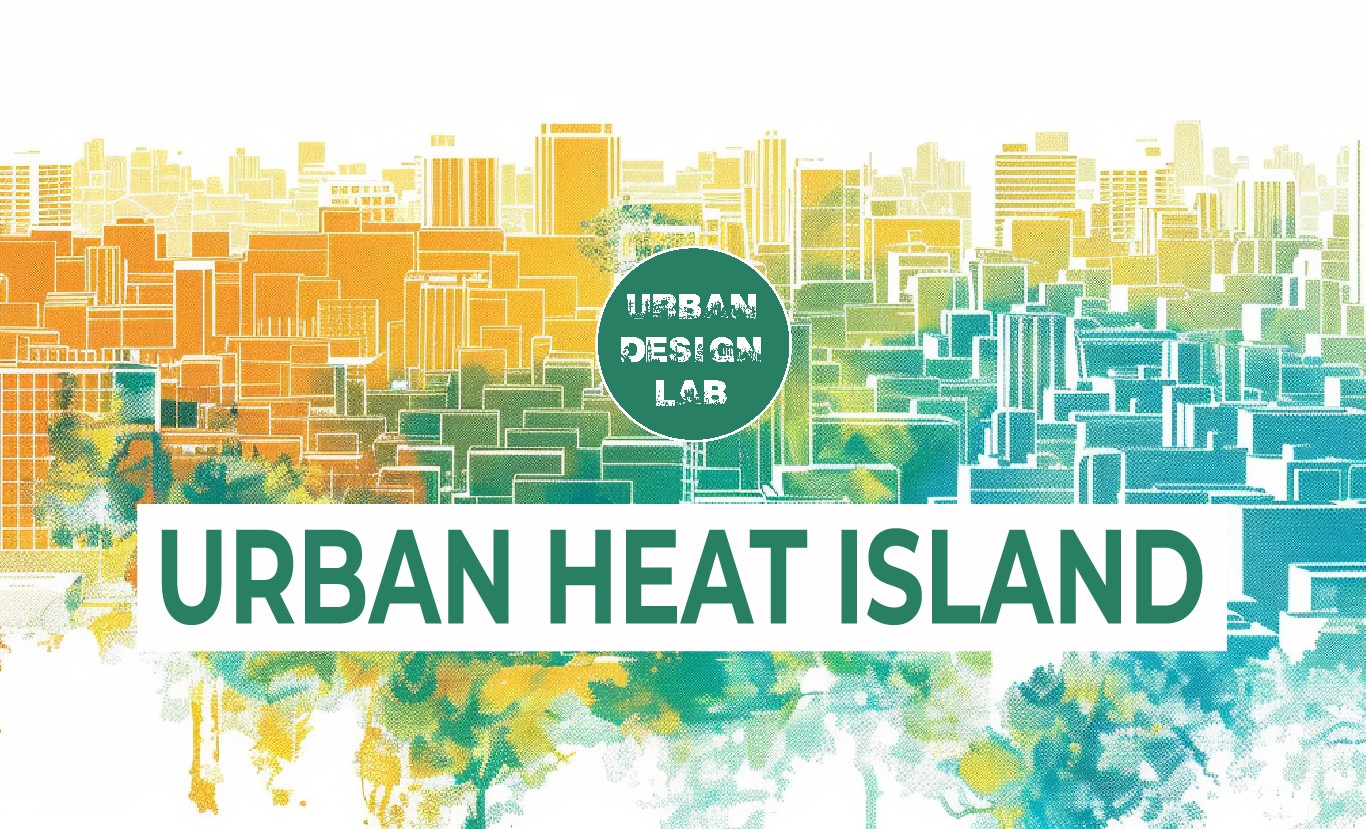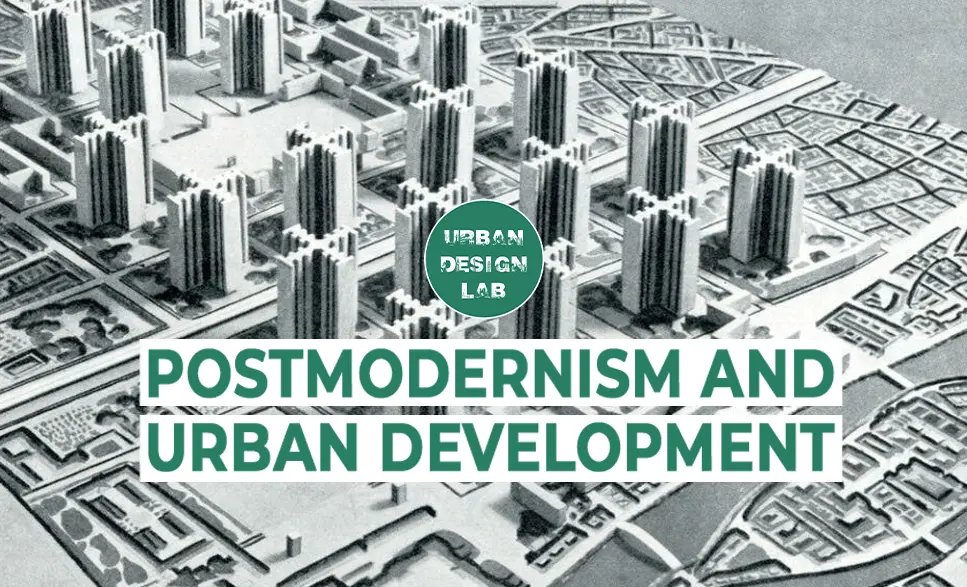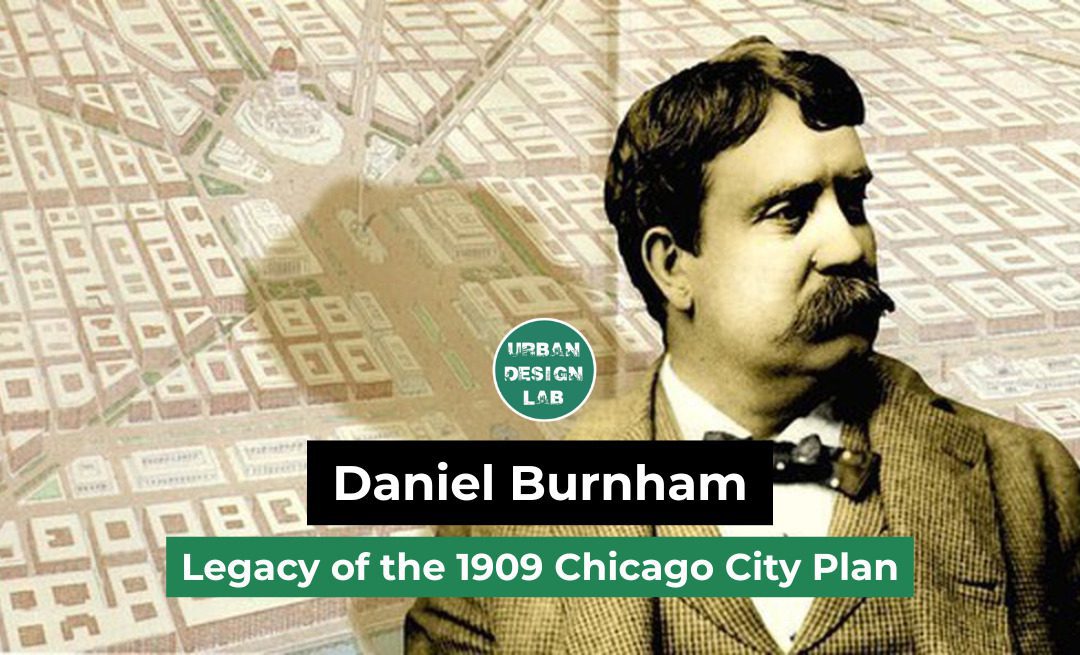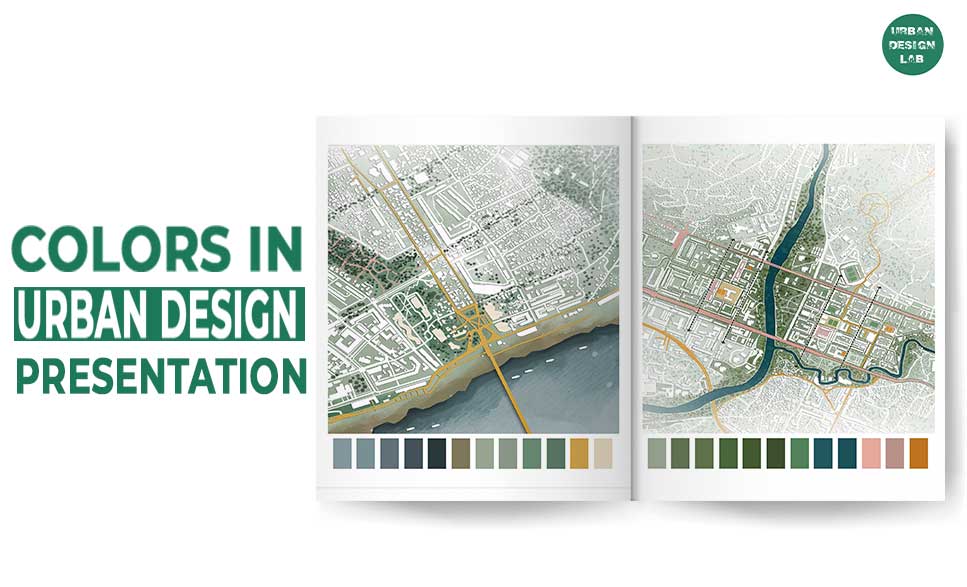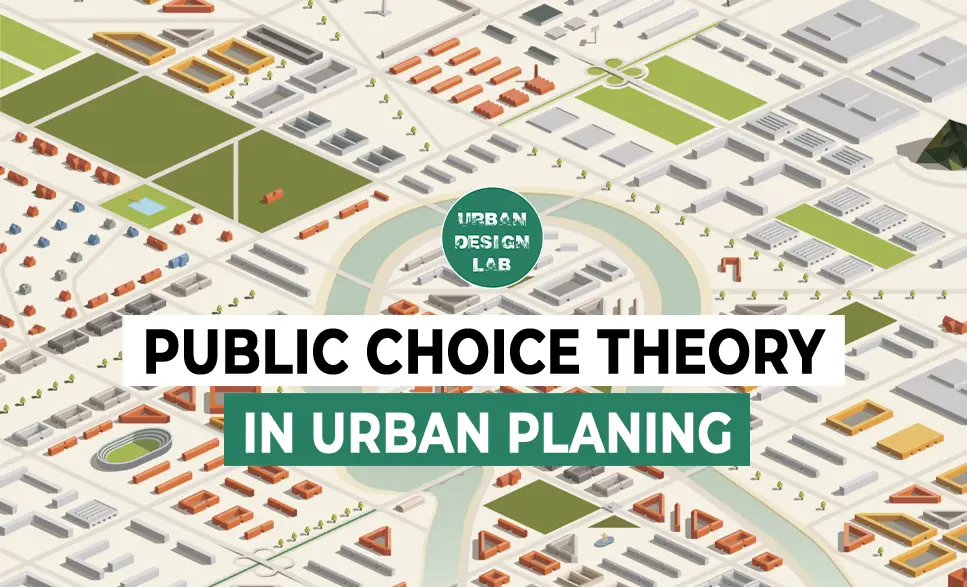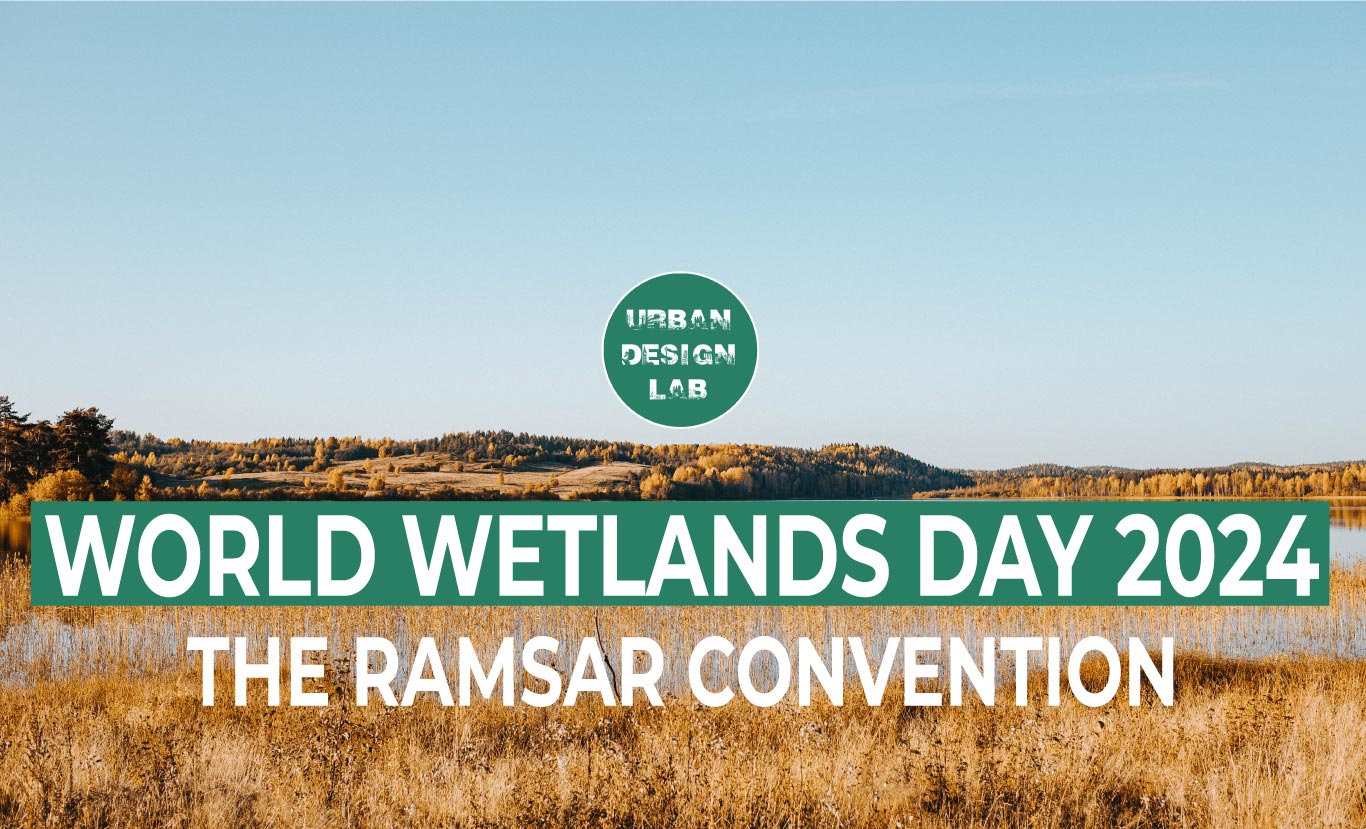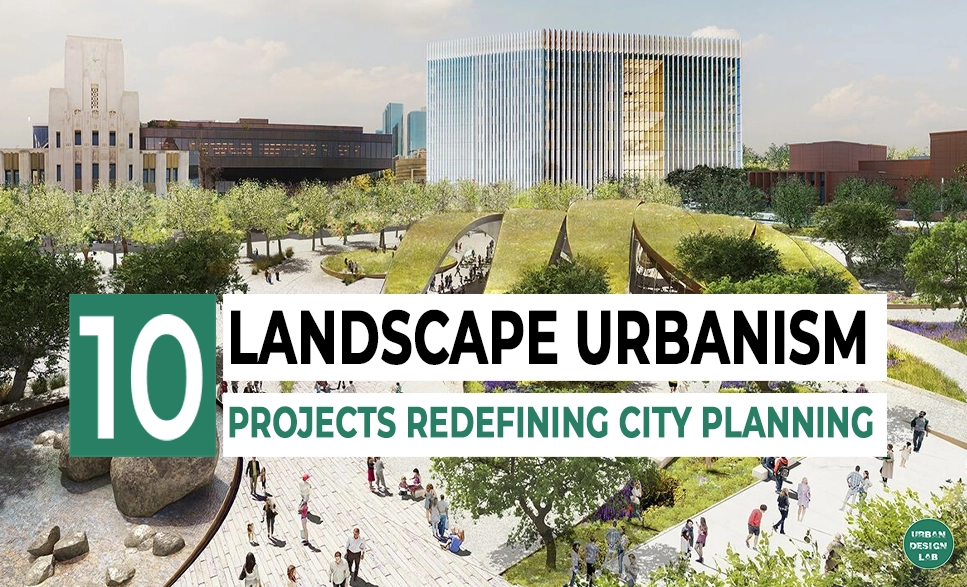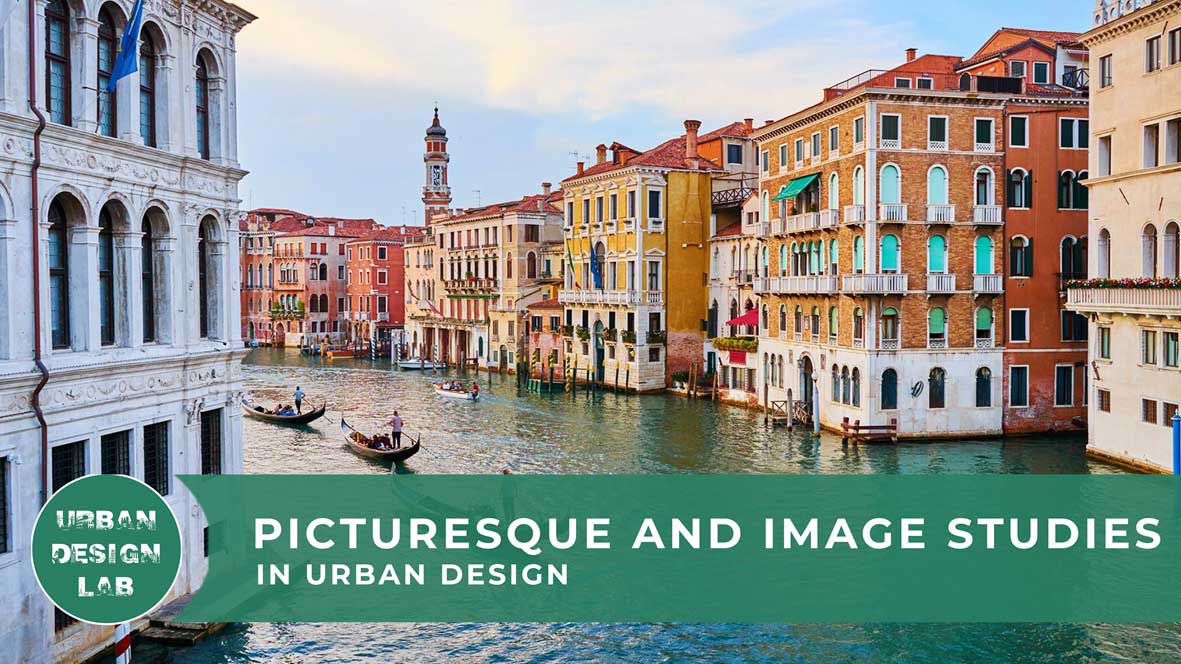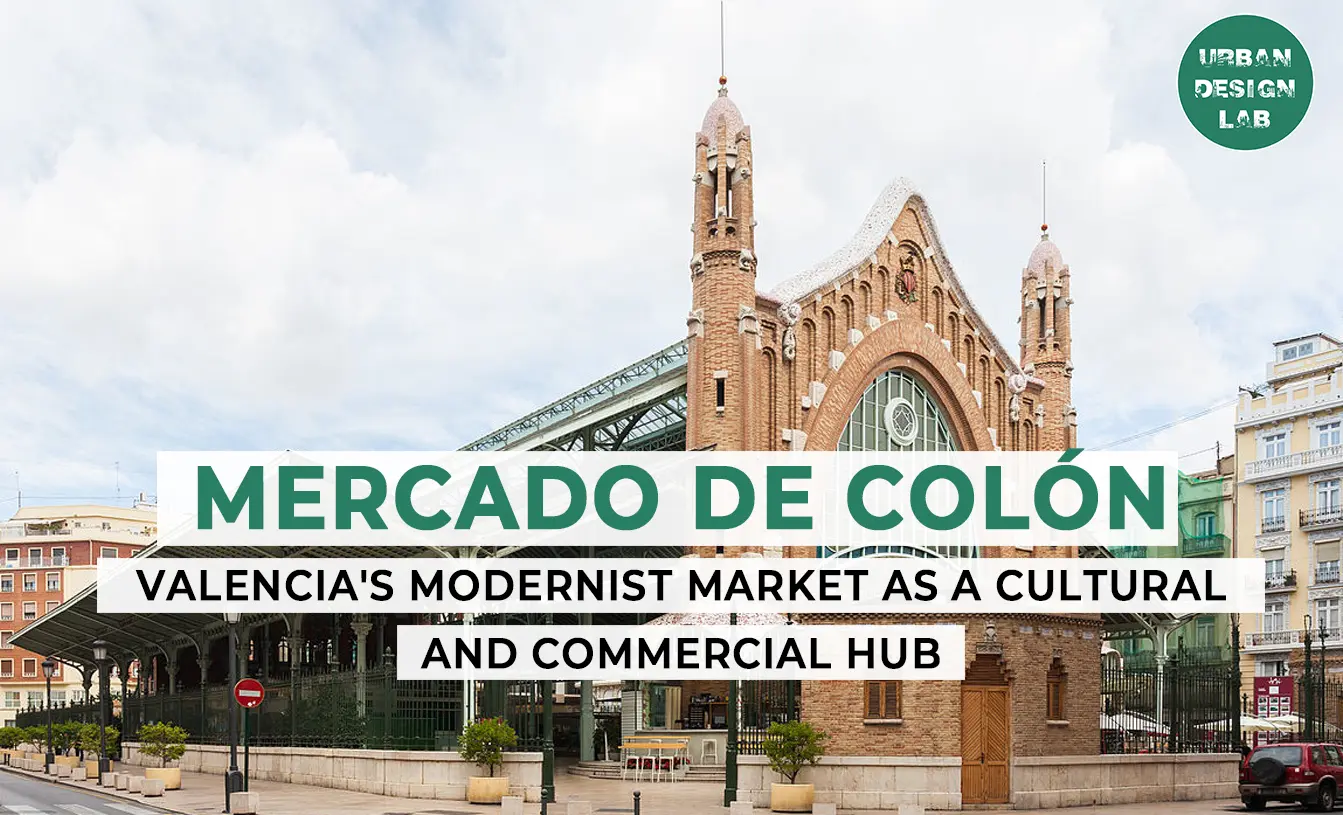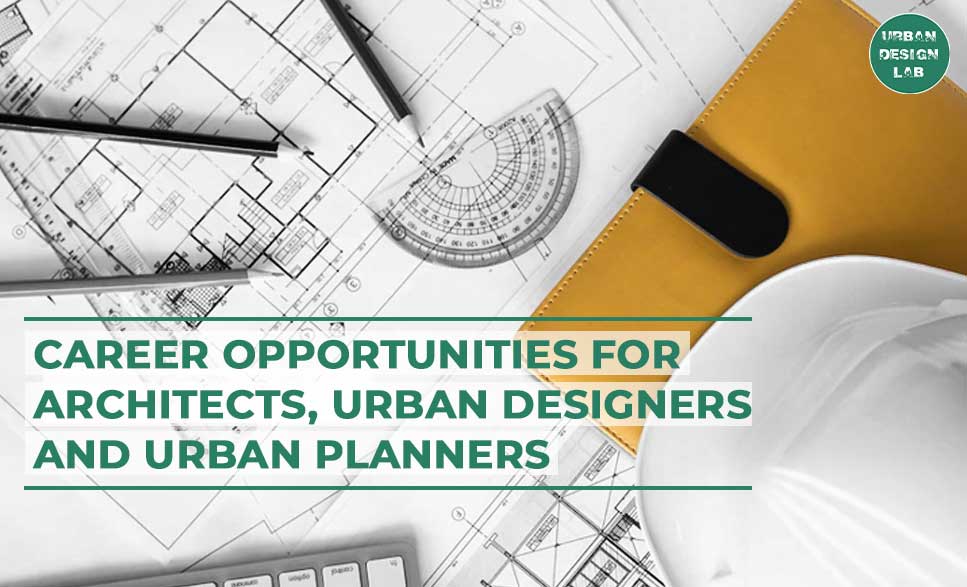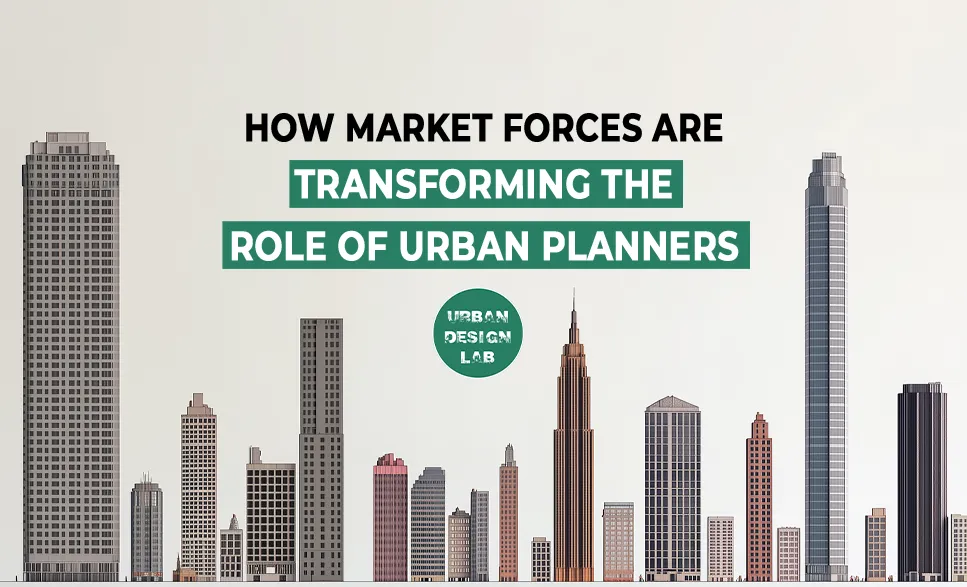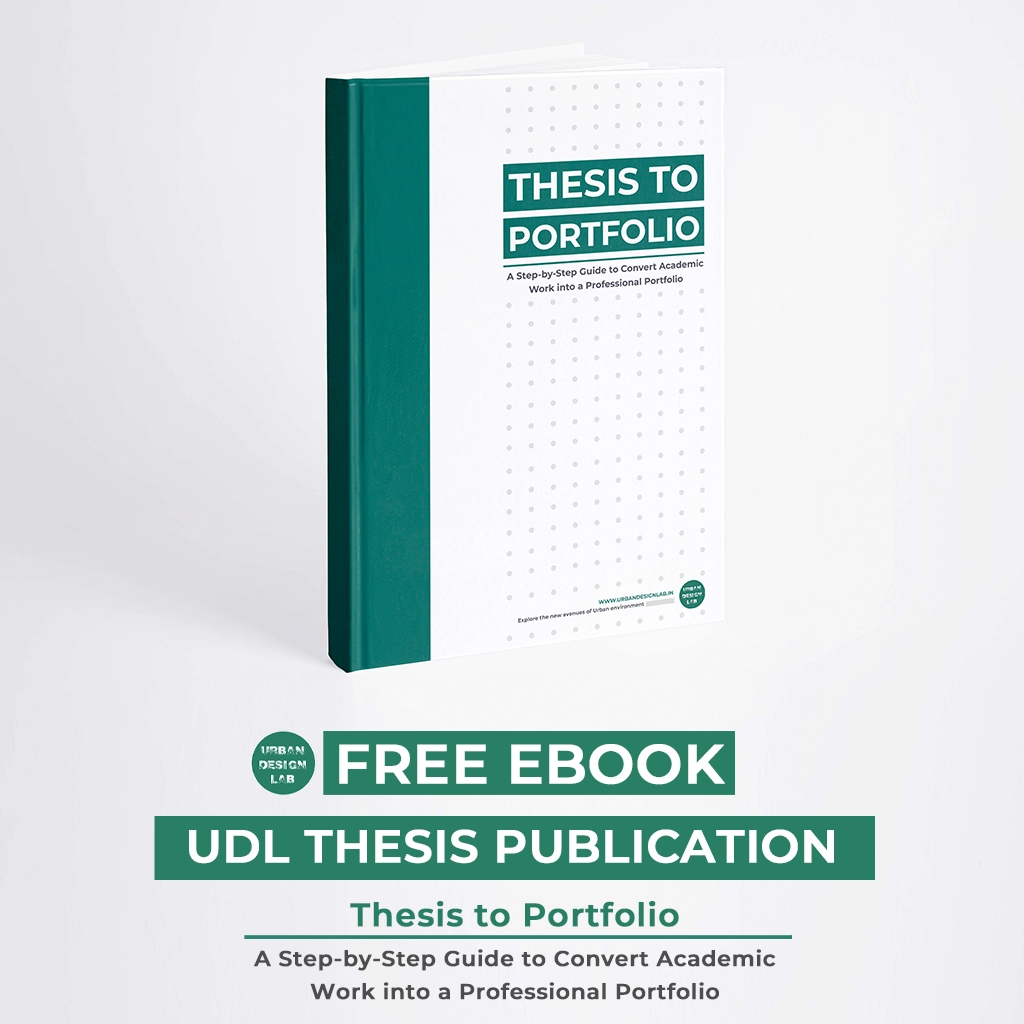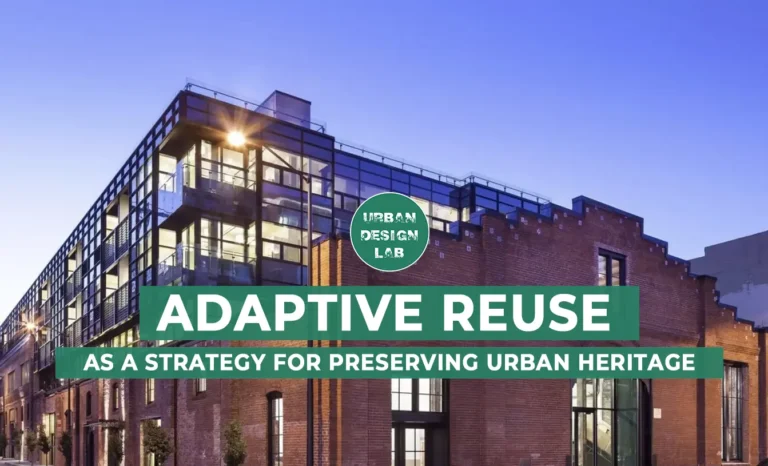
Revitalizing Atlanta: Urban Renewal Through the BeltLine Project

The Atlanta BeltLine is the most comprehensive revitalization effort ever undertaken in the City of Atlanta and among the largest, most wide-ranging urban redevelopment and mobility projects currently underway in the United States. Originated from Ryan Gravel, a graduate student at Georgia Tech, who proposed the concept in his 1999 master’s thesis. This sustainable project is providing a network of public parks, multi-use trails and transit by re-using 22-miles of historic railroad corridors circling downtown and connecting 45 neighborhoods directly to each other.
The Atlanta BeltLine represents a new framework for the region’s growth, centered on Transit Oriented Development (TOD), an unprecedented expansion of park land and public spaces, and vital expansion of the regional transit and transportation network via multi-use trails and modern streetcar. As a major new planned transportation corridor for both pedestrians and transit riders, the Atlanta BeltLine provides critical first and last mile connectivity with direct connections into downtown and midtown.
Historical Context
The BeltLine project emerged in response to the challenges faced by Atlanta in the late 20th century, including urban decay, disconnection between communities, and a lack of public greenspace. In 2005, the Atlanta BeltLine Tax Allocation District (TAD) was established to provide a funding mechanism for the project, allowing for the collection of tax revenues from surrounding properties to finance the redevelopment efforts. Its ongoing development continues to transform Atlanta into a more connected, sustainable, and inclusive city.

Goals and Objectives
The primary goals of the Atlanta BeltLine include:
- Increasing Mobility: Enhancing transportation options through multi-use trails and a light rail system.
- Connecting Communities: Bridging the gaps between neighborhoods to foster social interaction and economic collaboration.
- Expanding Greenspace: Creating new parks and recreational areas to improve public health and environmental quality.
- Clean-up sites with environmental issues.
- Provide an interactive space for the community.
- Support socioeconomic connections and racial inclusion.
- Restore, maintain, and preserve historic landmarks.
- Spur development of underdeveloped areas.
- Promoting Affordable Housing: Developing affordable housing to ensure inclusivity and accessibility for low-income residents.
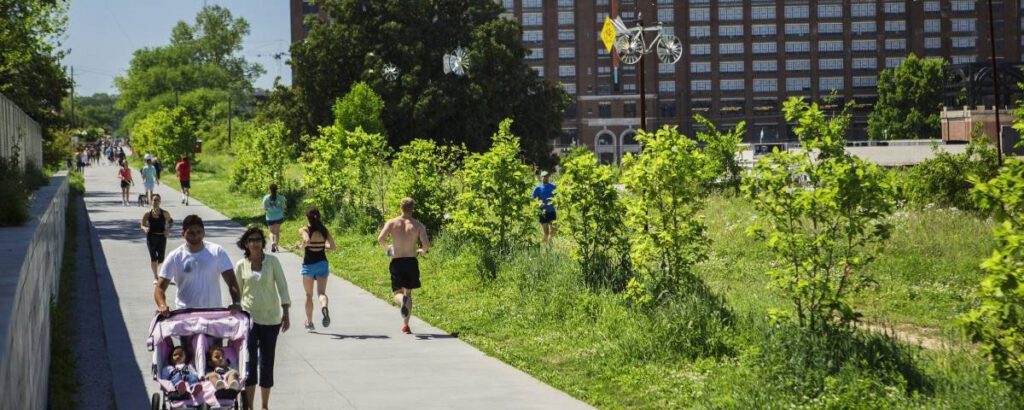
Source: Website Link
1,300 Acres of Greenspace
One of the most compelling features of the Atlanta BeltLine is its commitment to green space. The project encompasses over 1,300 acres of parks and greenspaces, which are designed to provide residents with access to nature and recreational opportunities. This includes the development of parks such as the Historic Fourth Ward Park (it is a prime example of how urban green spaces can be designed to serve multiple functions. This park features a lake, playgrounds, and open fields for sports and community events. It also hosts a variety of cultural events, including concerts and festivals, fostering community engagement and interaction.) and D.H. Stanton Park (which has undergone significant renovations to improve its facilities and accessibility. This park is particularly important for families and children in the surrounding neighborhoods, providing a safe space for play and recreation.), which serve as vital community hubs. It also connects to a lot of other parks like: Perkerson Park, Rose Circle Park, Westside Park, Enota Park, Gordon White Park. The integration of green spaces into urban environments is crucial for enhancing biodiversity, improving air quality, and providing residents with areas for relaxation and recreation.

33 Miles of Trails
The BeltLine features approximately 33 miles of multi-use trails that accommodate pedestrians, cyclists and transit users. These activities foster a sense of community and encourage residents to take ownership of their public spaces. The BeltLine has become a gathering place for diverse groups, promoting social interaction and cultural exchange. The design of the BeltLine trails prioritizes accessibility and safety. Wide pathways accommodate both cyclists and pedestrians, while clear signage and lighting enhance the user experience. The Eastside Trail, one of the most popular segments, has become a vibrant corridor lined with shops, restaurants, and public art, attracting both locals and tourists. Each trail—whether the bustling Eastside, the serene Northside, the historic Westside, or the developing Southside—offers unique experiences that reflect the diverse character of Atlanta. The interconnectedness of these trails fosters a sense of community and encourages healthier lifestyles among residents.
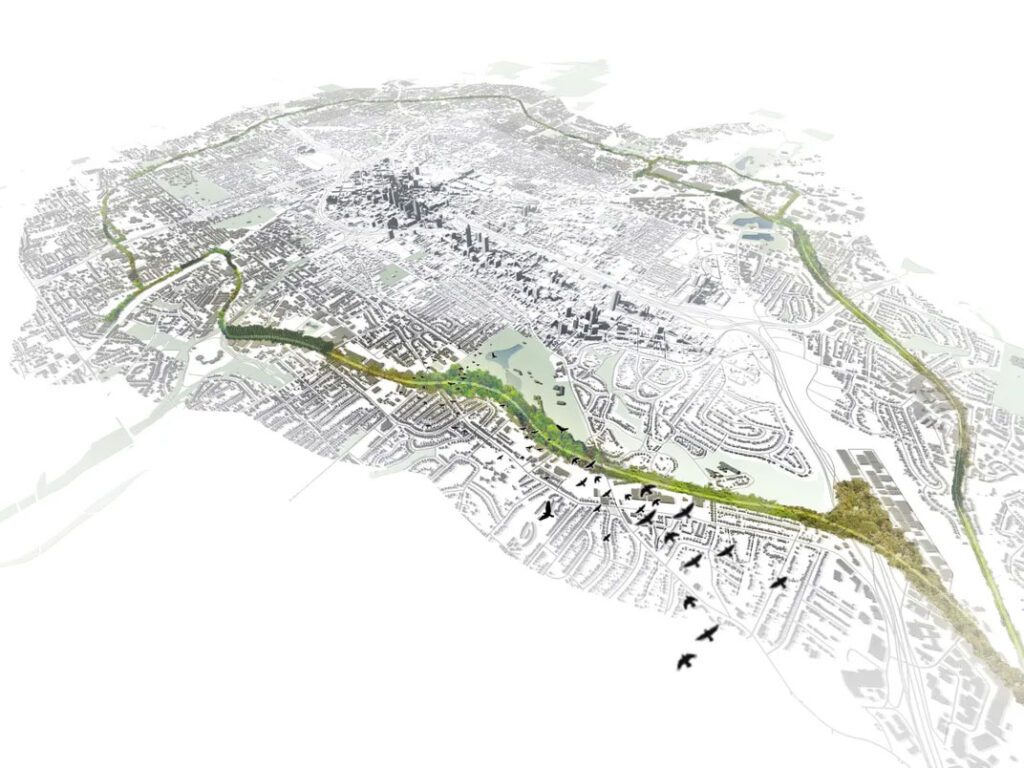
50,000 Permanent Jobs
From small businesses to large enterprises, Atlanta Beltline offers opportunities for your business to thrive.
Business Opportunities:
Learn about business opportunities and incentives along the Atlanta Beltline. From real estate and housing development opportunities to grant opportunities and commercial district support, connect with us to kickstart your Beltline journey today.
Small Business Support:
The Atlanta Beltline Business Solutions office is here to help small and large businesses navigate their growth around the corridor.
Design Application & Review:
The Design Review Committee provides design consultation, review, and recommendations for all Special Administrative Permits within a half-mile of the Atlanta Beltline corridor.

Source: author
Public Art
Atlanta Beltline Art celebrates the voices, experiences, and values of all Atlantans through the work of hundreds of visual artists, performers, and musicians along the corridor. Public art plays a vital role with numerous installations enhancing the aesthetic appeal of the trails and parks. The Art Program includes murals, sculptures, and performance spaces that reflect the city’s cultural diversity and history. These artistic expressions not only beautify the urban landscape but also foster community pride and engagement. Events such as the BeltLine Lantern Parade further emphasize the importance of art in creating a vibrant community atmosphere. Events such as the BeltLine Lantern Parade invite residents to come together and celebrate their community through creativity and expression. These events reinforce the idea that the BeltLine is a shared space for all.
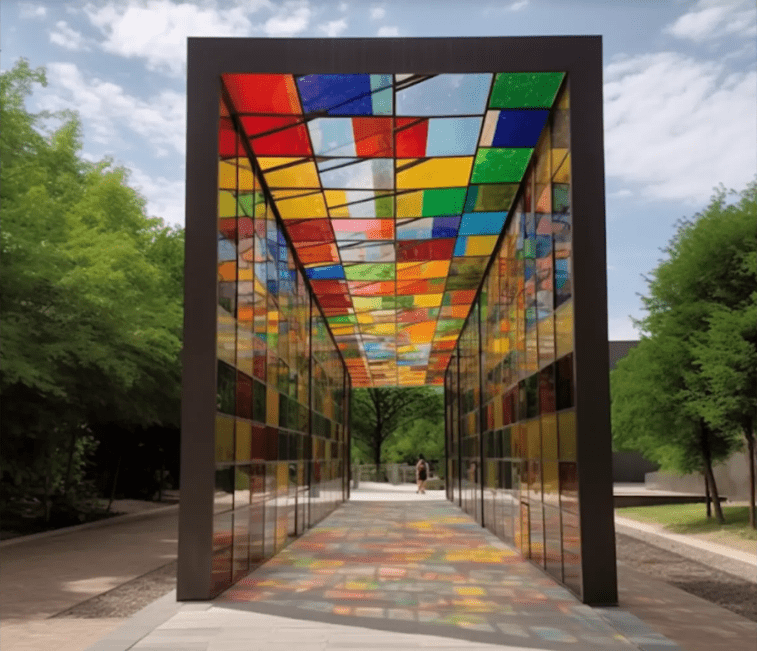
Equity & Inclusion
Despite its many benefits, the Atlanta BeltLine faces significant challenges regarding equity and inclusion. As the project progresses, concerns about gentrification and the displacement of low-income residents have come to the forefront. Gentrification is a complex issue that arises when neighborhoods undergo rapid change due to increased investment and interest. While this can lead to economic revitalization, it can also result in the displacement of long-standing residents who can no longer afford to live in their homes. The BeltLine’s success in attracting new businesses and residents has raised concerns about the potential loss of affordable housing and community identity. In response to these challenges, the Atlanta BeltLine has made efforts to prioritize equity and inclusion. The “BeltLine Affordable Housing Policy” aims to ensure that a portion of new developments includes affordable housing units. This policy is designed to mitigate the impact of gentrification and provide housing options for low-income residents. Engaging the community in the planning and decision-making process is essential for addressing equity concerns. The BeltLine has established various channels for community input, including public meetings, surveys, and advisory boards to be able to Right Historic Wrongs, Building a Brighter Future.
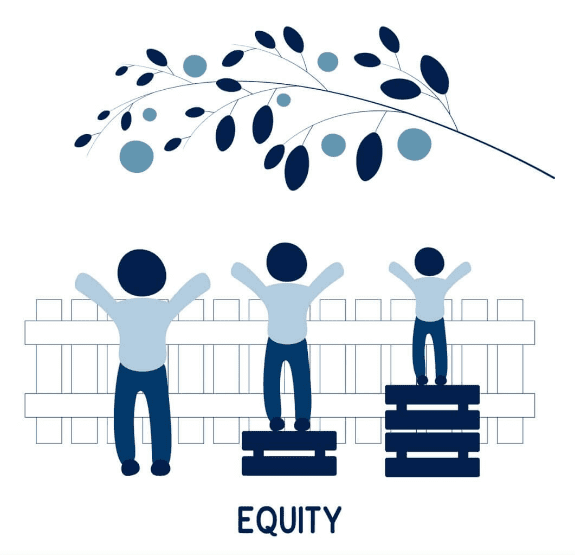
Effect on society and surrounding spaces
The Atlanta BeltLine has had a profound impact on the surrounding neighborhoods and the city. It has transformed previously neglected areas into thriving communities, fostering economic development and attracting new residents and businesses. Breathing new life into neighborhoods that were once overlooked. Areas that were previously characterized by vacant lots and abandoned buildings have been transformed into vibrant spaces filled with shops, restaurants, and cultural attractions. Balancing the needs of existing residents with the demands of new developments is a critical challenge that the BeltLine must navigate moving forward.
-1
Conclusion
The Atlanta BeltLine exemplifies the transformative potential of urban redevelopment, serving as a model for creating vibrant, interconnected, and sustainable communities. However, the BeltLine’s success has also brought challenges, particularly regarding gentrification and ensuring equitable development. As property values rise and new residents move in, long-standing community members face the risk of displacement. To fully realize the BeltLine’s vision of inclusivity, it is crucial for city leaders and stakeholders to prioritize affordable housing, community engagement, and targeted investment in underserved areas. As cities across the globe grapple with similar challenges, the lessons learned from the Atlanta BeltLine will be invaluable in shaping the future of urban development.
References
Invest Atlanta, 2024, Atlanta BeltLine, Invest Atlanta. https://www.investatlanta.com/developers/opportunities-incentives/tax-allocation-district-financing/atlanta-beltline
Atlanta BeltLine, Inc., 2024, Visit the Atlanta Beltline | Places To Go in Atlanta, GA, Atlanta BeltLine. https://beltline.org/visit/
Atlanta BeltLine, Inc., 2024, Interactive Map | Beltline, Atlanta BeltLine. https://beltline.org/map/?map=parks%2Ctrails

Nadine Ahmed Mohamed
About the Author
Nadine Ahmed is an architecture engineering student at Ain Shams University. She finds the field of architecture generally interesting because it affects everything around us and is an everyday developing field.
Related articles
UDL Illustrator
Masterclass
Visualising Urban and Architecture Diagrams
Session Dates
17th-18th January 2026

Urban Design Lab
Be the part of our Network
Stay updated on workshops, design tools, and calls for collaboration
Curating the best graduate thesis project globally!

Free E-Book
From thesis to Portfolio
A Guide to Convert Academic Work into a Professional Portfolio”
Recent Posts
- Article Posted:
- Article Posted:
- Article Posted:
- Article Posted:
- Article Posted:
- Article Posted:
- Article Posted:
- Article Posted:
- Article Posted:
- Article Posted:
- Article Posted:
- Article Posted:
- Article Posted:
Sign up for our Newsletter
“Let’s explore the new avenues of Urban environment together “
